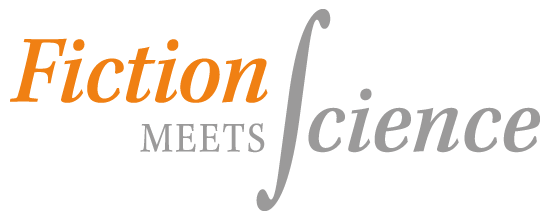4f. Re-forming the Scientist: New cultural archetypes in fiction and film
Since the publication of From Faust to Strangelove: Representations of the Scientist in Western Literature (Haynes 1994), there has been a spate of fiction with scientists as major characters, and of films portraying scientists in leading roles. Moreover, especially since the beginning of this century, I have observed a new trend, even a reversal, in the presentation of the scientist character. The previously dominant archetype of the ‘mad’, usually evil (certainly untrustworthy) scientist, as an essentially semiotic character devised to make a statement about the concerns of a society largely ignorant of science, has been supplanted by a new literary figure. We now have numerous examples of personable, constructive, problem-solving scientists, or of well-intentioned researchers who, against their will, have had their discoveries misused by other powerful interests, military, political or industrial, and who struggle against this misappropriation.
In addition, the new genre of ‘lab-lit’ introduces the contemporary scientist usually young, frequently female, as a credible, ‘ordinary’ person, who happens to be involved in a science career, but whose interests, relationships and concerns are diverse. Lab-lit authors are concerned to explore how the process of ‘doing’ science ‘works’ and how scientists think; they are also committed to communicating issues in scientific research to non-scientifically-trained readers and thus de-mystifying science.
The new book I am currently researching will analyse many of the new fictional and film examples and seek to account for this virtual reversal in attitude towards the scientist figure. Sociological, environmental, political and publishing factors are all involved to varying degrees, as is the influence of the media, through popular science programs with engaging presenters, through the many possibilities for self-education via the web, and through the dissemination of a wider range of opinions about the social implications of research.
We are at a most interesting time in the history of popular engagement with science and there are many sociological and environmental inferences to be drawn from this study, as well as the important issue of how best to communicate science to non-scientists.
